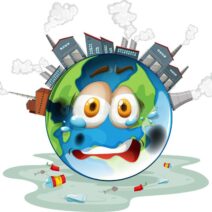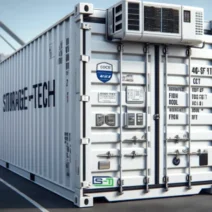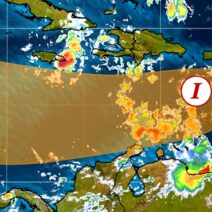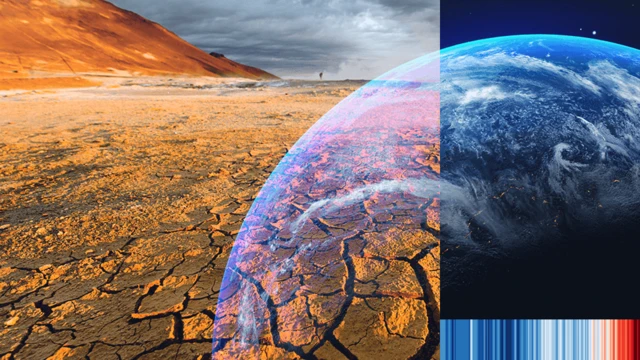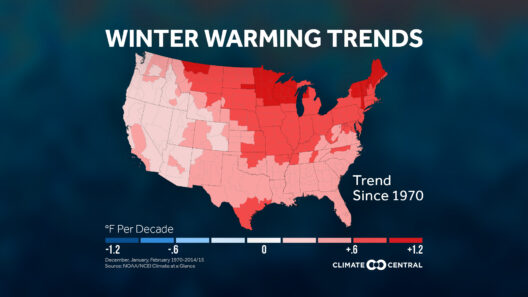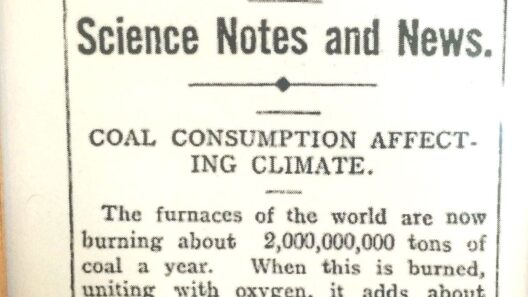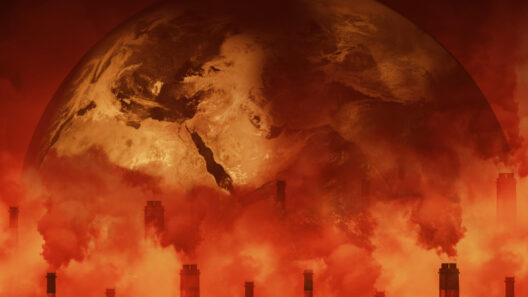In the ongoing discourse around environmental issues, two terms frequently dominate the conversation: global warming and climate change. Have you ever paused to wonder whether these terms are interchangeable, or do they embody distinct phenomena? In a world increasingly preoccupied with sustainability, understanding the subtleties between global warming and climate change is not just for academics; it’s imperative for everyone.
Let’s embark on a journey to delineate these concepts and explore their intertwined yet unique characteristics.
Understanding Global Warming: The Temperature Tsunami
Global warming refers specifically to the long-term increase in Earth’s average surface temperature due primarily to human activities, notably the burning of fossil fuels and deforestation. This phenomenon has been vividly illustrated through the rise in atmospheric greenhouse gases, such as carbon dioxide and methane, which trap heat and cause a “greenhouse effect.” But is global warming just a numerical rise in temperature, or does it signify deeper implications?
Yes, temperatures have been inching upward, but the ramifications stretch far beyond a simple thermometer reading. Melting polar ice caps and glaciers result in rising sea levels, which threaten to submerge low-lying coastal regions. Heatwaves become more frequent and severe, exacerbating droughts in some areas while unleashing torrential floods in others.
The correlation is undeniable—an increase in global temperatures alters ecosystems and biodiversity. Species unable to adapt quickly face extinction, as their habitats become inhospitable. For instance, coral reefs, which sustain a complex web of marine life, suffer from bleaching due to warmer oceans.
In essence, global warming serves as a harbinger of a plethora of challenges facing not just humanity but ecosystems at large. But can we solely attribute these changes to temperature rise? Not quite. This brings us to our next point.
Differentiating Climate Change: The Broader Spectrum
Climate change encompasses a broader range of alterations—both natural and anthropogenic—that affect Earth’s climate systems over extended periods, often spanning decades or centuries. While global warming is a significant contributor to climate change, the latter includes factors such as shifts in precipitation patterns, alterations in wind patterns, and changes in seasonal weather cycles.
Consider, for example, how farming practices have morphed due to climate change. Farmers in areas once recognized for predictable rainfall now contend with shifts in when and how much rain falls. The unpredictability can lead to crop failures, food shortages, and economic instability, particularly for communities reliant on agriculture as their primary livelihood.
It’s worth noting that climate change isn’t solely the result of human activities; it can be attributed to natural phenomena as well. Varying solar radiation, volcanic eruptions, and natural greenhouse gas emissions are factors that have historically influenced the planet’s climate. However, in modern times, human influence has become the dominant force driving these changes, creating a situation that is both alarming and complex.
In this context, can we truly gauge the full weight of climate change? The answer is yes, and doing so requires a multi-faceted approach.
Exploring the Impacts: From Systems to Social Constructs
Understanding the distinction between global warming and climate change is not merely an academic exercise; it has real-world implications. The very foundations of human society—economic systems, health care, infrastructure, and social equity—are influenced by climatic shifts and temperature rises. So how do these factors interplay in a world where global warming and climate change coexist?
For instance, in an attempt to mitigate global warming and its associated impacts, nations have entered agreements such as the Paris Accord, highlighting the urgent need for collective action. However, climate change, with its myriad effects, calls for comprehensive adaptations to local and global systems. Therefore, an understanding of both concepts is vital for effective policy-making.
Both phenomena drive a reckoning with vulnerability and resilience in various communities. Some regions face climate injustice, where marginalized populations bear the brunt of climatic disruptions more than affluent areas. This stratification raises critical ethical questions about responsibility, equity, and justice in environmental policy.
So, where do we go from here? The clear distinction between global warming and climate change pushes us to adopt a more nuanced approach in our advocacy and actions. Acknowledging the complexity feeds into a more informed and proactive stance to save our planet.
As individuals, communities, and nations, we possess the awareness to tackle the challenges posed by both global warming and climate change. The question now isn’t just about understanding definitions—it’s about catalyzing action. Are we ready to commit to the necessary changes that will protect not only our planet but also future generations? The mantle of responsibility lies heavy, but so too does the potential for transformative action.
In conclusion, the interplay between global warming and climate change invites us to think critically and act decisively. Ignorance is no longer a luxury we can afford. The distinction lies not just in terms; it – more importantly – lies in our collective future. Let’s rise to the challenge.
